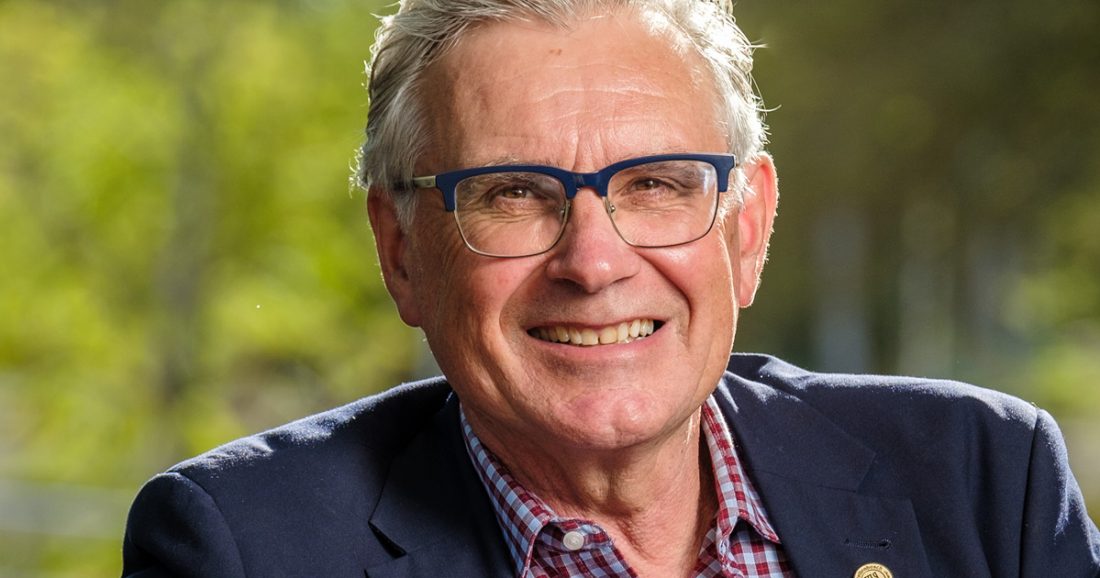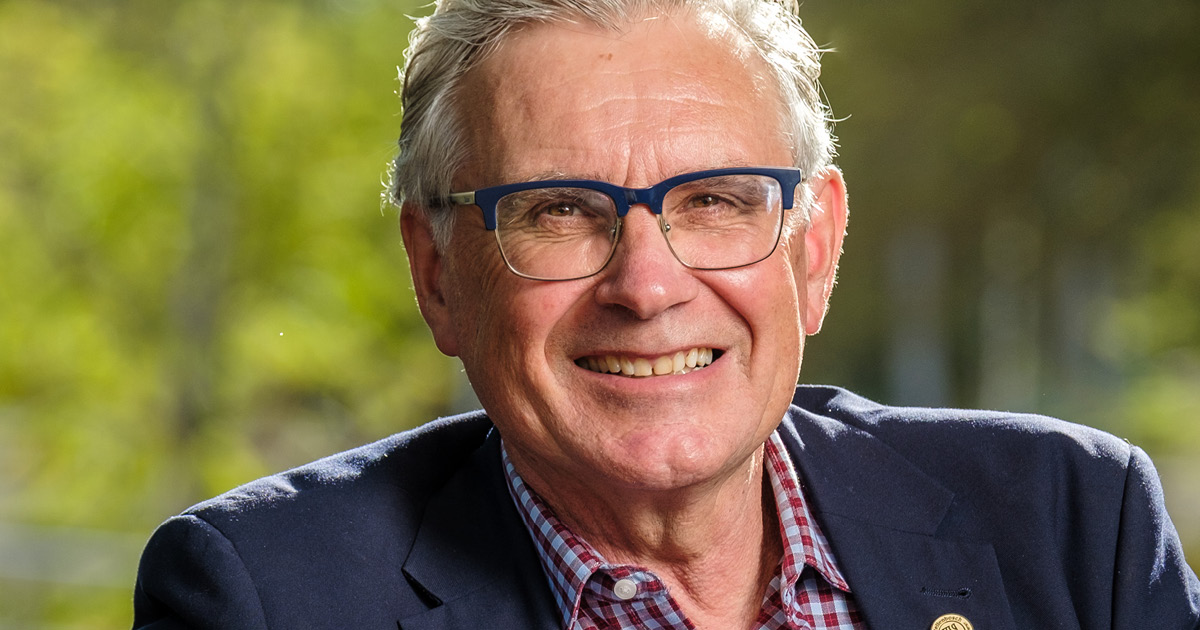Of all the challenges Wim de Villiers has experienced in his nine-year tenure as Rector and Vice-Chancellor at South Africa’s Stellenbosch University – including violent student protests, energy and water crises, and of course, the COVID-19 pandemic – perhaps one of the most difficult is now upon him.
“A complexity in South Africa is that government support and government resources are limited. I’ve been on the record before saying the government is actually an unreliable partner and we have to steadily wean ourselves from government as a funder,” de Villiers tells The CEO Magazine.
“I’ve been increasingly pushing different streams of income such as research income, commercialization of intellectual property, spinning out companies, fundraising and more.
“We have to increasingly look at public–private partnerships to also increase the offerings that we have and provide.”
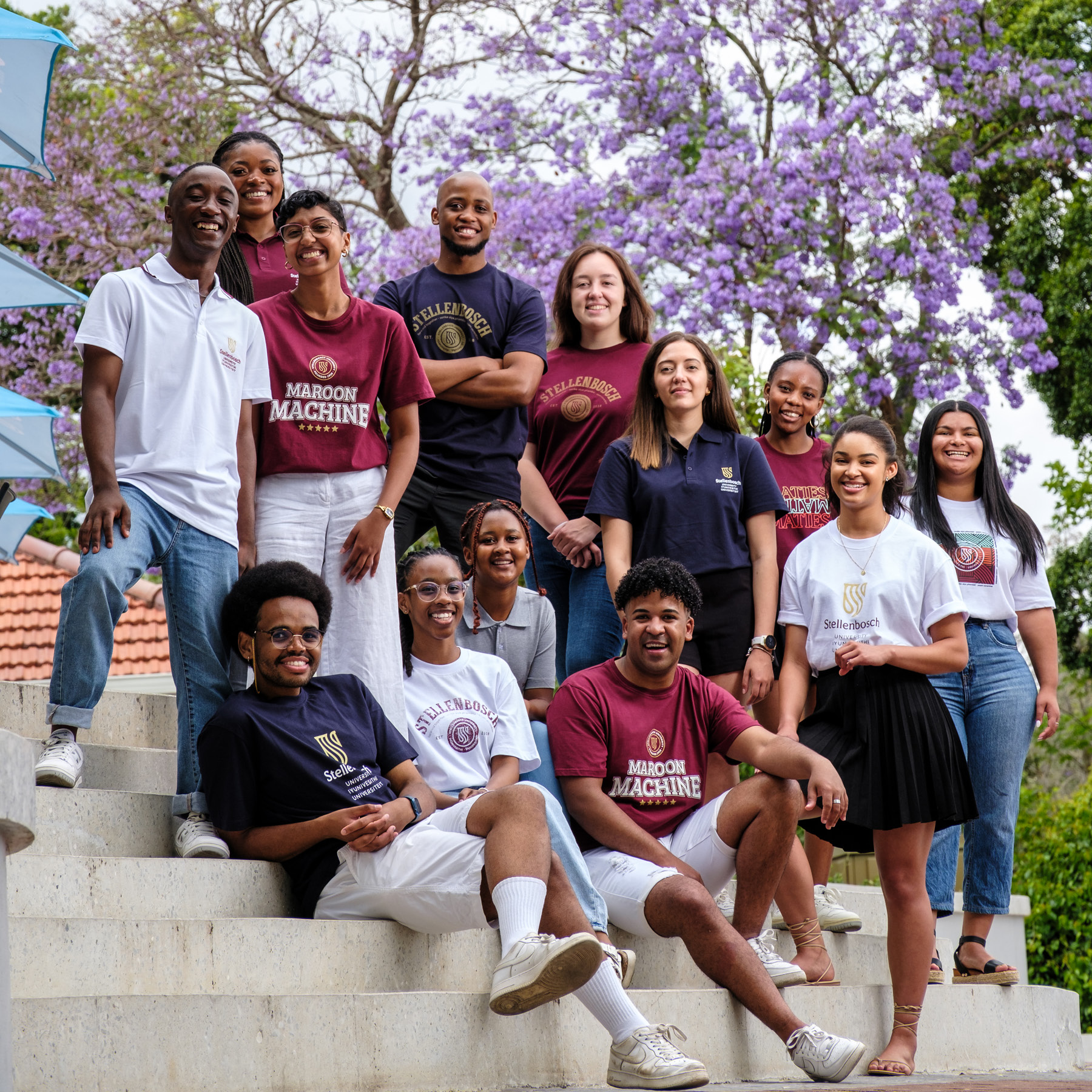
“It’s a very complex organization to manage and to drive forward in terms of the array of different stakeholders that we have.”
Two of those new offerings include establishing the School for Data Science and Computational Thinking in 2019 and the School for Climate Studies in 2021. These additions to the university not only diversify its strengths and output but also, on a macro level, demonstrate its commitment to helping solve global challenges, and on a micro level, help foster cross-departmental collaboration in the traditionally siloed university environment.
“Using the strengths of all our faculties – ranging from economic and management sciences, engineering, medicine and health sciences, natural sciences, agricultural sciences, law, arts and social sciences, education, theology and military science – we bring together very strong disciplinary expertise to address important problems,” de Villiers says.
“From the Fourth Industrial Revolution ushered in by AI and the future of work, to food and water security, renewable energy and sustainable communities, it’s not only one faculty or discipline that has the answers for all of this.”
A Complex Organization
Working across faculties to help find those answers has not always been easy, de Villiers acknowledges, in an institution with 10 faculties, 1,500 academics, 3,000 professional and administrative staff and an annual budget of around US$418 million.
“It’s a very complex organization to manage and to drive forward in terms of the array of different stakeholders that we have. In that sense, it’s much more complex than any other corporate that is promoting a specific product or line,” he explains.
“We have, of course, the students, who are both undergraduates and postgraduates, and in different disciplines. Then you have the academics, the professional administrative and support staff, the alumni, the government, civil society and the community. So it has many different stakeholders that all need to be consulted with at various points, and who have valid viewpoints.
“I often say it’s like herding cats. But you’re not going to satisfy everybody. I’ve learned in my position that, if not attacked from the left and the right, then I’m probably not doing my job correctly.”
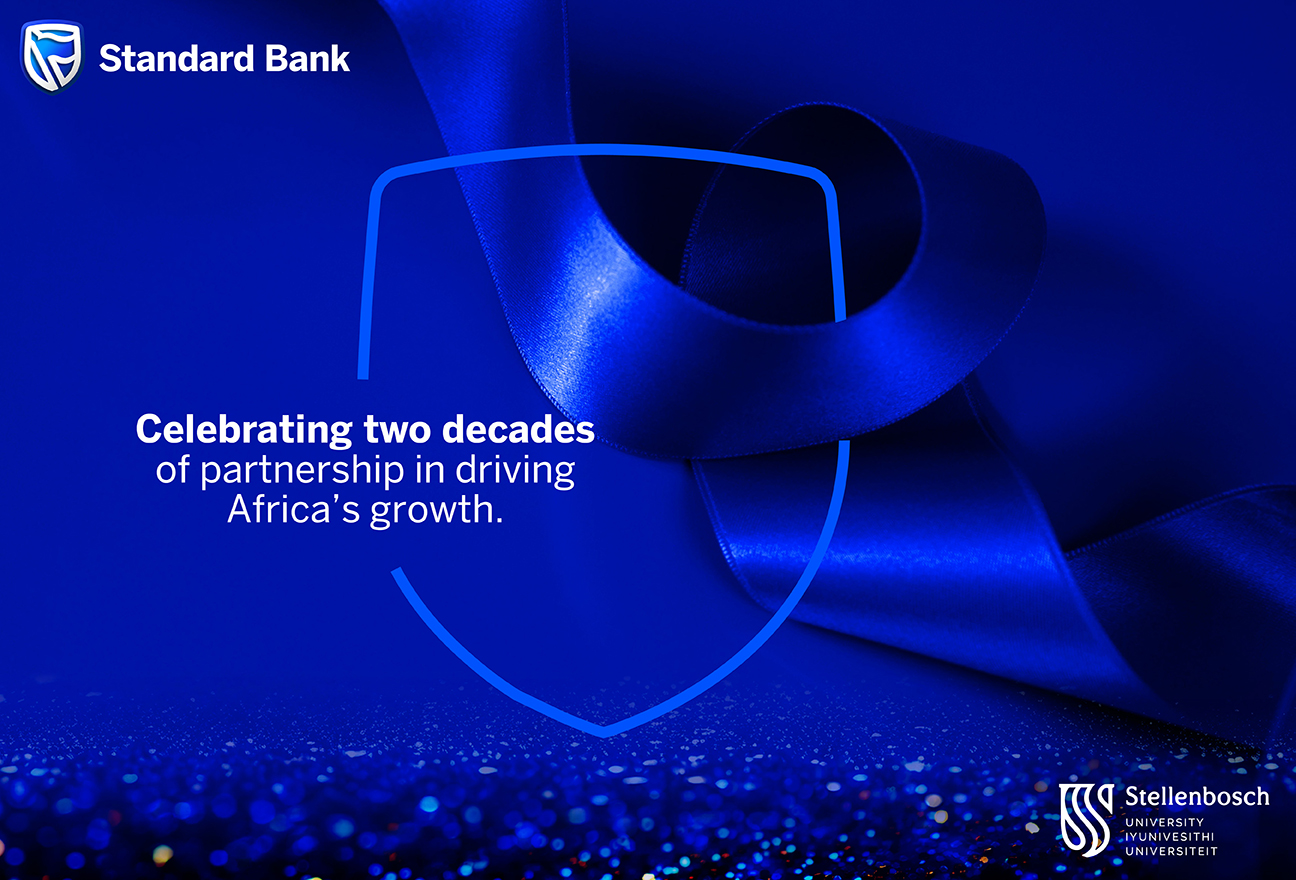
Advertisement
De Villiers has also seen fit to maximize the potential of the university town dynamic between Stellenbosch University and its namesake city of Stellenbosch, where 35 percent of jobs in the area are related to the university.
He is in the process of moving its Business School from the Cape Town suburb of Bellville to Stellenbosch, for it to be better embedded within the university community, as well as to have better access to partners. It will also continue to work closely with business partners such as Standard Bank, which looks beyond financial outcomes to create more value for the university’s students, socially and economically.
“The city of Stellenbosch is a unique ecosystem that sees both the best and the worst of South Africa in terms of the inequalities. But it’s like a living laboratory, where you can have an intervention and then you can follow it and see the effect of that,” de Villiers says.
“So our Business School and its offerings will be very attuned to what the future requirements are.”
Push and Pull
Despite his focus on strengthening the university independently of government support, de Villiers can’t completely discount Stellenbosch’s government partnerships – the university’s new Biomedical Research Institute, opened in 2023, was a US$64 million project to which the government contributed US$16 million.
“It’s the largest such project that’s ever been done in South Africa,” he points out. “It’s a state-of-the art research facility that can hold its own with the best in the world – it is already housing almost a thousand researchers.”
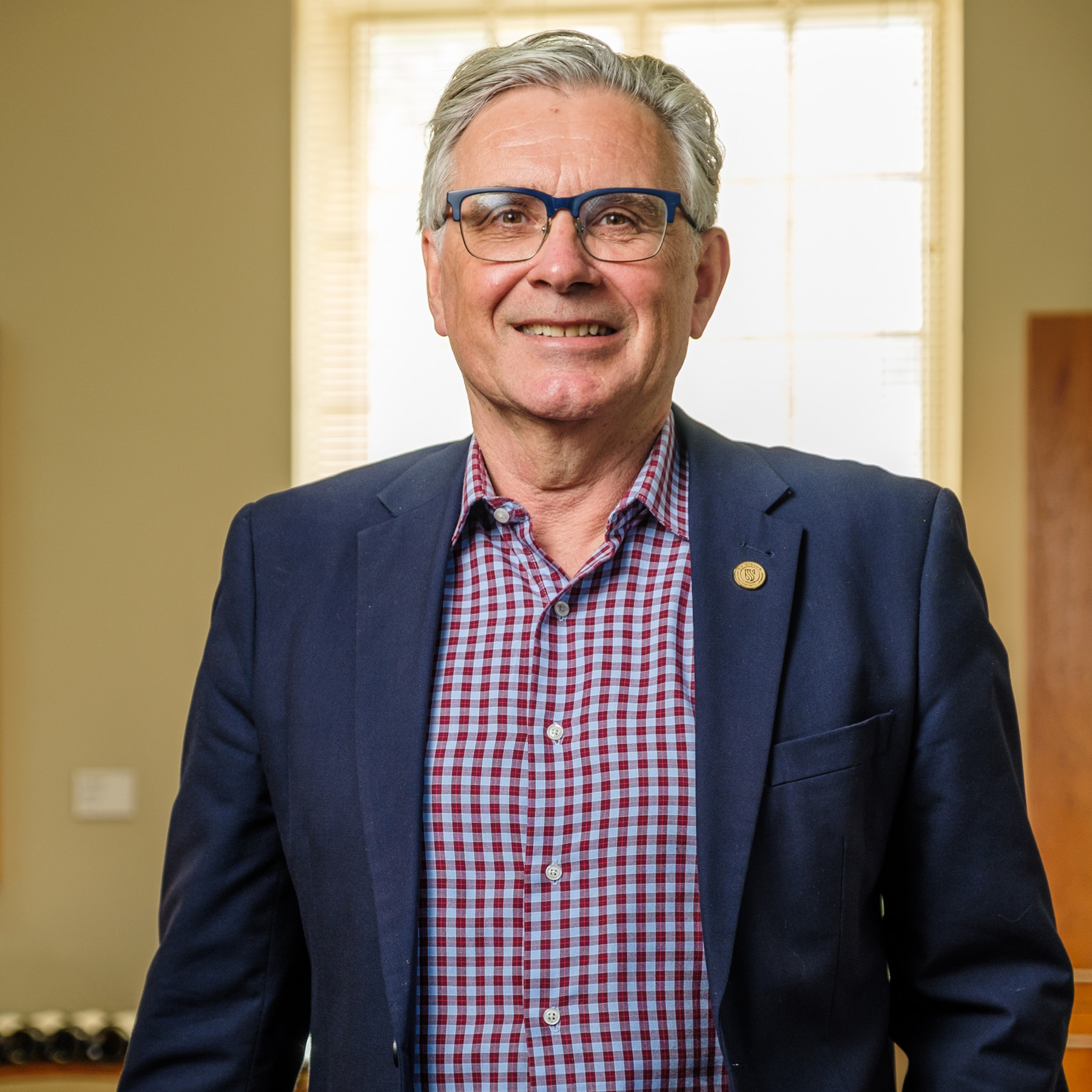
“To lead this type of university in this environment, you absolutely have to be an optimist.”
In negotiating all of these complexities to achieve success, perhaps de Villiers’ biggest asset is not just his background in medicine and research – as a qualified gastroenterologist with a PhD in immunology – but his trait of irrational exuberance.
“To lead this type of university in this environment, you absolutely have to be an optimist. You also have to be humble, curious, energetic, courageous and persistent,” he reflects.
“You have to push and you’ve got to have the strength of your convictions. You’ve got to have courage to continue on that path.”

